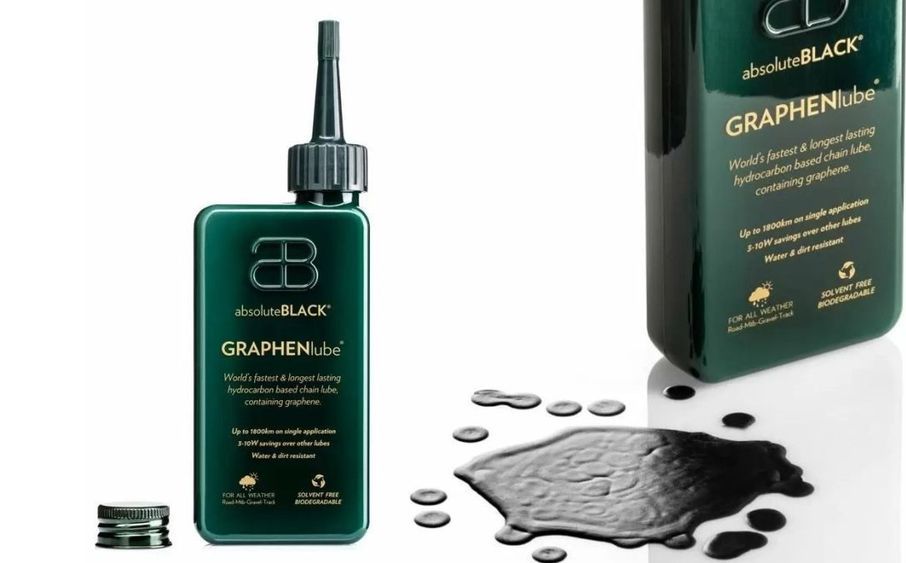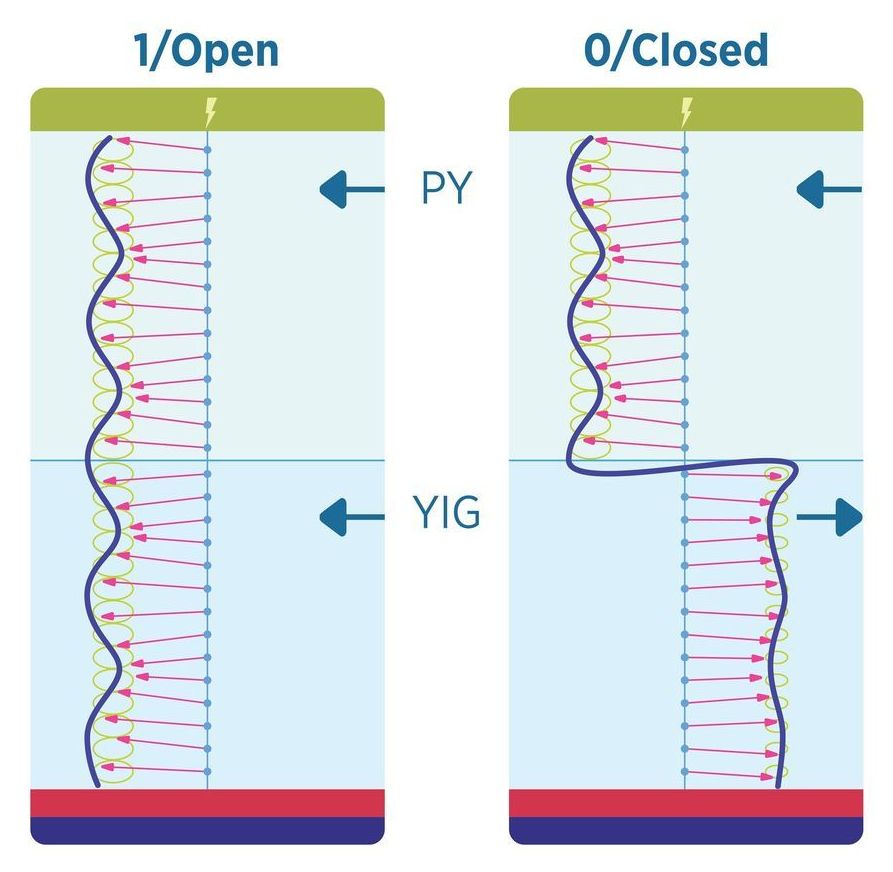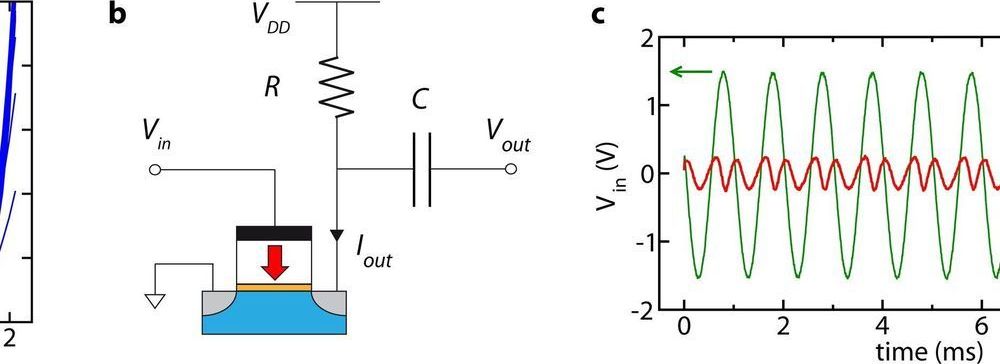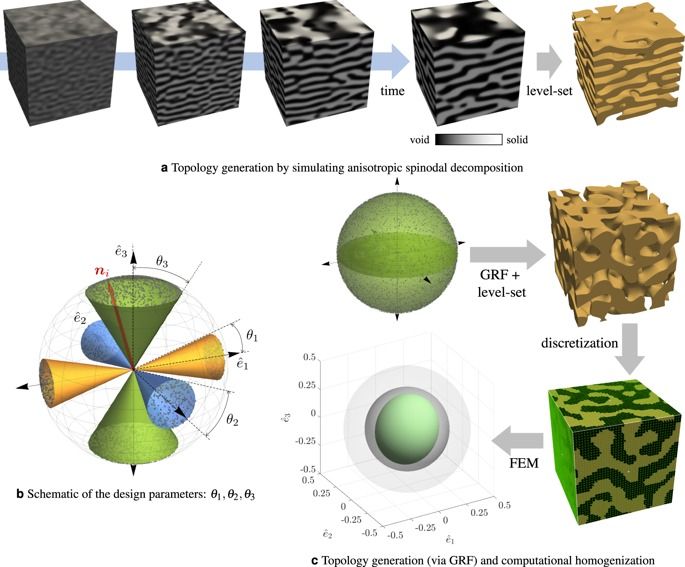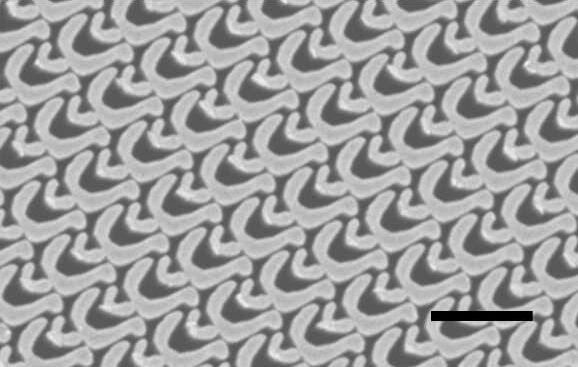Archive for the ‘materials’ category: Page 204
Jun 15, 2020
Researchers create first room-temp ‘magnon switch’ with industrially useful properties
Posted by Quinn Sena in categories: computing, materials
Scientists at the National Institute of Standards and Technology (NIST) and the Massachusetts Institute of Technology (MIT) have demonstrated a potentially new way to make switches inside a computer’s processing chips, enabling them to use less energy and radiate less heat.
The team has developed a practical technique for controlling magnons, which are essentially waves that travel through magnetic materials and can carry information. To use magnons for information processing requires a switching mechanism that can control the transmission of a magnon signal through the device.
While other labs have created systems that carry and control magnons, the team’s approach brings two important firsts: Its elements can be built on silicon rather than exotic and expensive substrates, as other approaches have demanded. It also operates efficiently at room temperature, rather than requiring refrigeration. For these and other reasons, this new approach might be more readily employed by computer manufacturers.
Jun 14, 2020
Nano-sized diamond thread may be a super-strong wonder material
Posted by Quinn Sena in categories: materials, nanotechnology
Circa 2015
Move over, graphene — you’re not the only miracle material in town. Australian researchers have discovered that diamond nanothreads (one-dimensional diamond crystals capped with hydrogen) could be extremely strong. While scientists thought they were brittle when announced just a month ago, it turns out that they become supremely flexible (and thus durable) when you introduce the right kinds of defects. You could create nanoscopic structures that are just as strong as you need them to be, with a ‘perfect’ mix of bendy and rigid shapes.
Jun 13, 2020
Scientists Detect Surprise Structures Wrapped Around Earth’s Core
Posted by Quinn Sena in category: materials
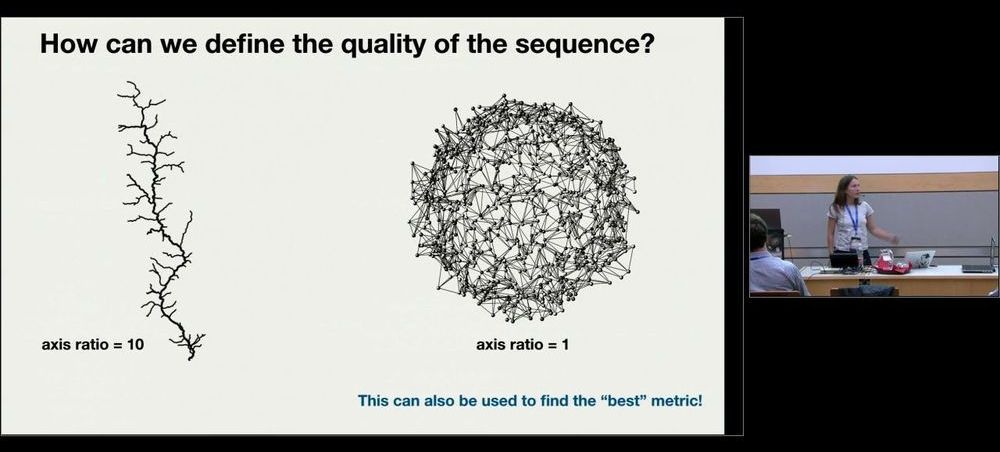
Blobs of hot, dense material that curl around Earth’s core are much more widespread than previous research suggests.
A new method of analysing earthquake data has found even more of the previously detected continent-sized zones at the boundary between the planet’s core and mantle.
Continue reading “Scientists Detect Surprise Structures Wrapped Around Earth’s Core” »
Jun 12, 2020
A reconfigurable ferroelectric field-effect transistor for frequency multiplication
Posted by Saúl Morales Rodriguéz in categories: computing, materials
Frequency multipliers, circuits that can produce signals with multiple frequencies, are essential components for a number of technological tools, particularly wireless communications systems. Most existing multipliers, however, are built using filtering and amplification circuits that are bulky and rapidly drain a lot of power.
Researchers at NaMLab in Germany have recently devised a single ferroelectric field-effect transistor that can serve both as a full-wave rectifier and frequency multiplier. The device they developed, presented in a paper published in Nature Electronics, is fully reconfigurable and energy-efficient, as it can be used in isolation, not requiring any additional circuits.
“Our institute (NaMLab) has been doing research on ferroelectric hafnium oxide (HfO2) since this material’s ferroelectric properties were discovered in 2007,” Halid Mulaosmanovic, one of the researchers who carried out the study, told TechXplore. “An attractive electronic device that can be made using this material is a ferroelectric field-effect transistor (FeFET), which resembles conventional logic transistors, but has a ferroelectric layer in the gate stack.”
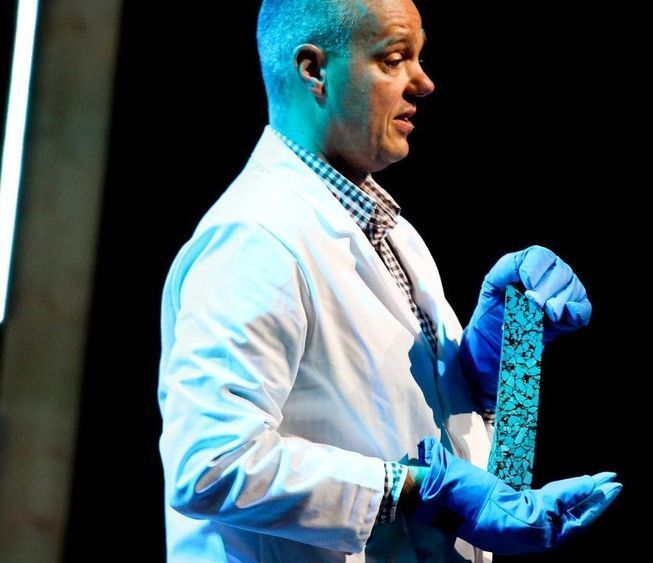
Paved roads are nice to look at, but they’re easily damaged and costly to repair. Erik Schlangen demos a new type of porous, asphalt made of simple materials with an astonishing feature: When cracked, it can be “healed” by induction heating. (Filmed at TEDxDelft.)
TEDTalks is a daily video podcast of the best talks and performances from the TED Conference, where the world’s leading thinkers and doers give the talk of their lives in 18 minutes (or less). Look for talks on Technology, Entertainment and Design — plus science, business, global issues, the arts and much more.
Find closed captions and translated subtitles in many languages at http://www.ted.com/translate
Continue reading “Erik Schlangen: A ‘self-healing’ asphalt” »
Jun 5, 2020
A powder-metallurgy-based strategy toward three-dimensional graphene-like network for reinforcing copper matrix composites
Posted by Genevieve Klien in category: materials
Three-dimensional graphene network is a promising structure for improving both the mechanical properties and functional capabilities of reinforced polymer and ceramic matrix composites. However, direct application in a metal matrix remains difficult due to the reason that wetting is usually unfavorable in the carbon/metal system. Here we report a powder-metallurgy based strategy to construct a three-dimensional continuous graphene network architecture in a copper matrix through thermal-stress-induced welding between graphene-like nanosheets grown on the surface of copper powders. The interpenetrating structural feature of the as-obtained composites not only promotes the interfacial shear stress to a high level and thus results in significantly enhanced load transfer strengthening and crack-bridging toughening simultaneously, but also constructs additional three-dimensional hyperchannels for electrical and thermal conductivity. Our approach offers a general way for manufacturing metal matrix composites with high overall performance.
Jun 4, 2020
Metasurface opens world of polarization
Posted by Shane Hinshaw in categories: biotech/medical, materials
Polarization, the direction in which light vibrates, is invisible to the human eye. Yet, so much of our optical world relies on the control and manipulation of this hidden quality of light.
Materials that can manipulate the polarization of light —known as birefringent materials—are used in everything from digital alarm clocks to medical diagnostics, communications and astronomy.
Just as light’s polarization can vibrate along a straight line or an ellipse, materials can also be linearly or elliptically birefringent. Today, most birefringent materials are intrinsically linear, meaning they can only manipulate the polarization of light in a limited way. If you want to achieve broad polarization manipulation, you need to stack multiple birefringent materials on top of one another, making these devices bulky and inefficient.
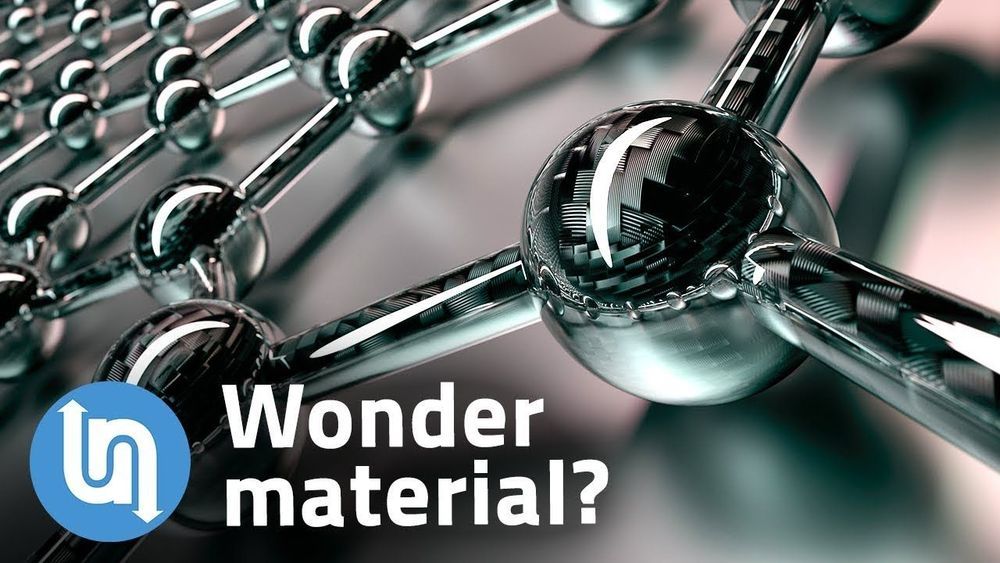
The truth about graphene. Ever since it was first discovered in 2004, graphene has been hailed as one of the most important breakthroughs in materials since the plastics revolution more than a century ago. The early predictions were that graphene would almost immediately enable the kinds of products and technologies that we’re used to seeing in sci-fi movies. Cut to more than a decade and a half later and that still hasn’t happened. Not even close. With opinions split between people overhyping graphene or calling it a massive disappointment, it’s time we got to the truth of what is really happening with this so-called ‘wonder material’.
▻ Watch the truth about solid state batteries — how close are they?: https://youtu.be/x8FEyaZxqAU
